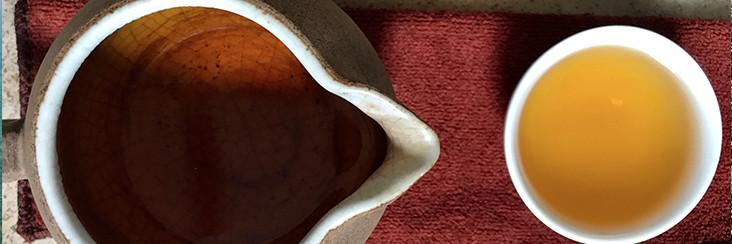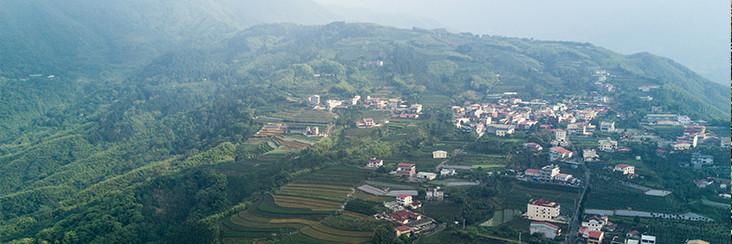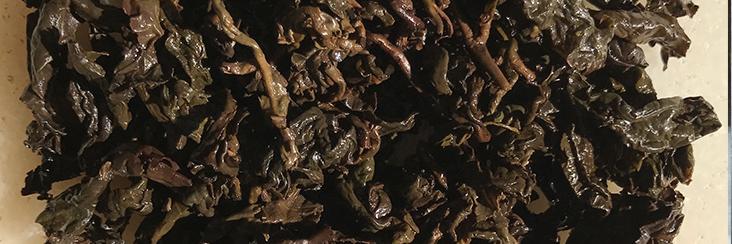Eco-Cha Tea Club

Hong Shui Oolong Tasting Notes | Eco-Cha Tea Club
The rich reddish-amber hue of the brewed tea is also a clear indication of substantially oxidized tea leaves, especially since they were left unroasted. Hong Shui Oolong tea leaves are more heavily oxidized than its close cousin, Dong Ding Oolong. Dong Ding Oolong reaches a comparative level of rich, robust character due to the additional roasting process. Hong Shui is a more pure character in that the flavor profile is derived directly from the constituents in the leaves, whereas roasting is a type of "flavor enhancer", just as it is in the culinary world.

Traditional Hong Shui Oolong Tea | Eco-Cha Tea Club
We met Mr. Chen when we spent the night in our Lishan High Mountain Tea source's factory last spring. We learned that he specializes in making Hong Shui Oolong in Fenghuang Village, where he was born and raised. It is only with this year's spring harvest that we got the opportunity to procure a small amount of this tea type to share with our Eco-Cha Tea Club members.

Longan Charcoal Roasted Oolong Tea Tasting Notes | Eco-Cha Tea Club
The leaves shown above were harvested in the Shanlinxi High Mountain Tea growing region last spring, and have undergone 8 separate roasting sessions. The first three preliminary roastings were done in a conventional oven in preparation for the traditional method of using charcoal made from the Longan fruitwood.

Longan Charcoal Roasted Oolong Tea | Eco-Cha Tea Club
The leaves in the image above have undergone 8 separate roastings over a few months, for a total roasting time of about 50 hours. Our friend first prepared his tea leaves for charcoal roasting by roasting them 3 times in a conventional oven roaster at low temperature of 80 -100°C. This provides a "base" roasting level that the charcoal roasting can proceed from more efficiently. The leaves were then handed over to a specialized charcoal roaster who charges a standard fee, regardless of how many roastings are needed to achieve the desired results. In this case, it was 5 roasting sessions of incrementally increasing heat, starting from about 90° and finishing at 120°.

